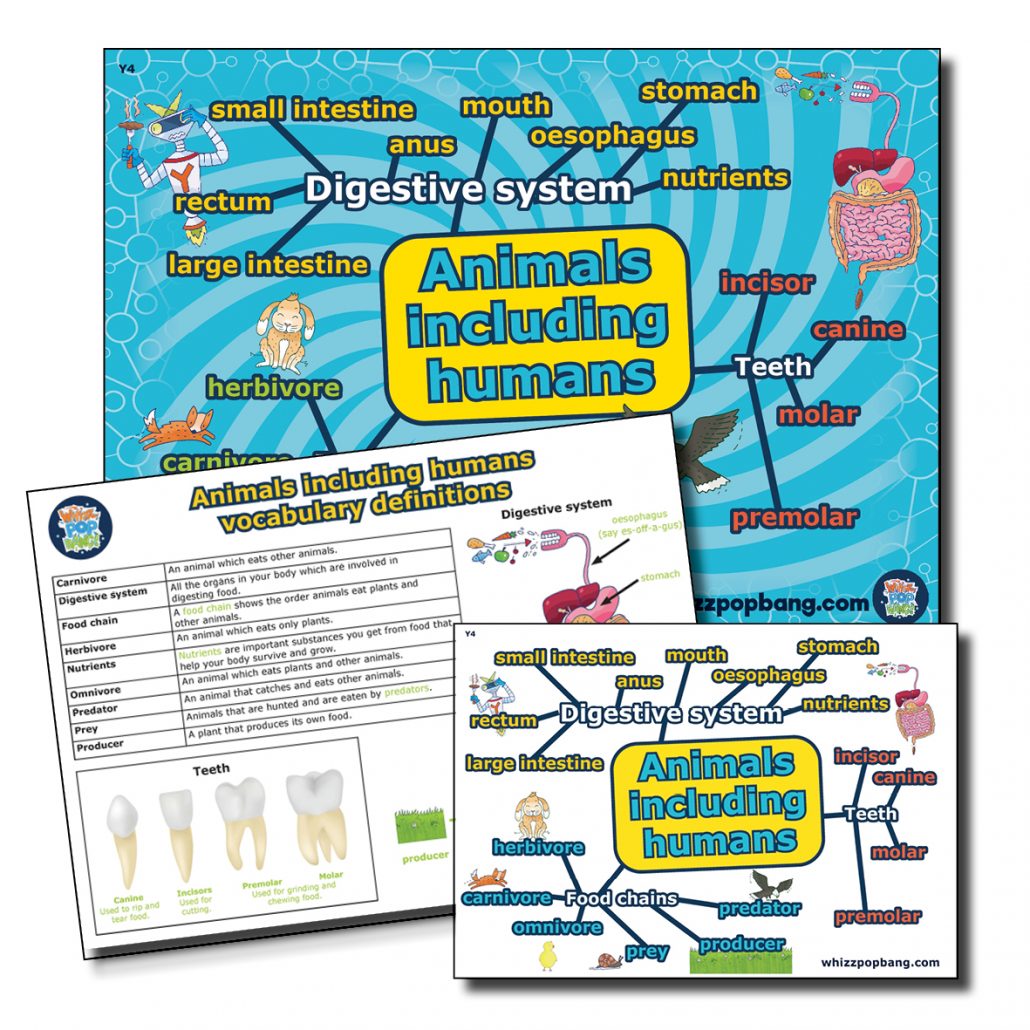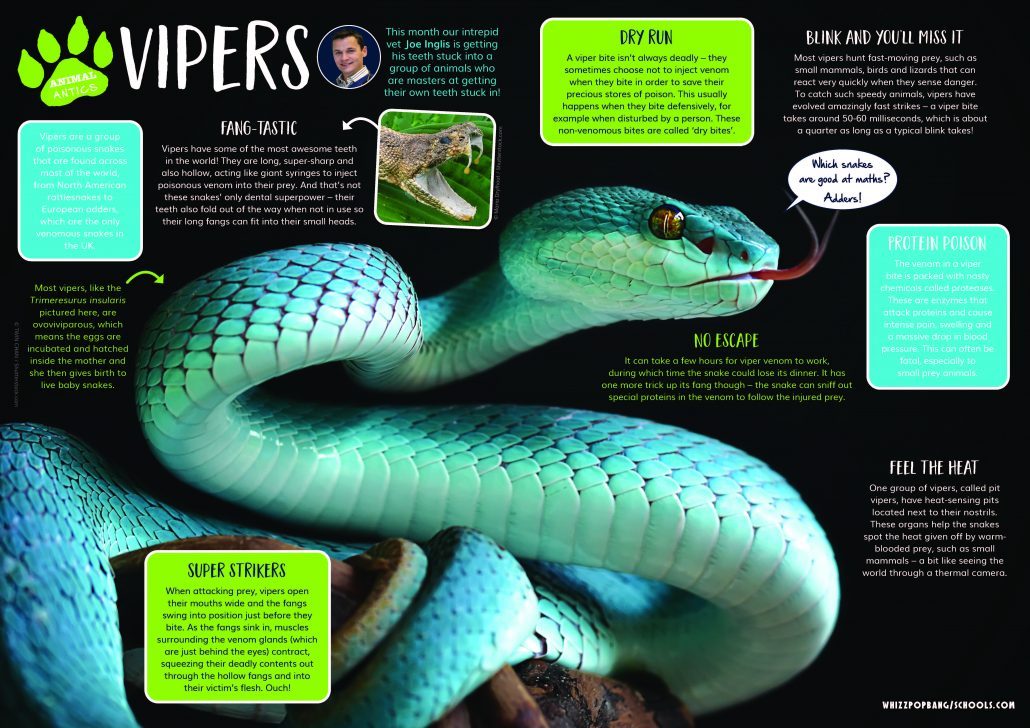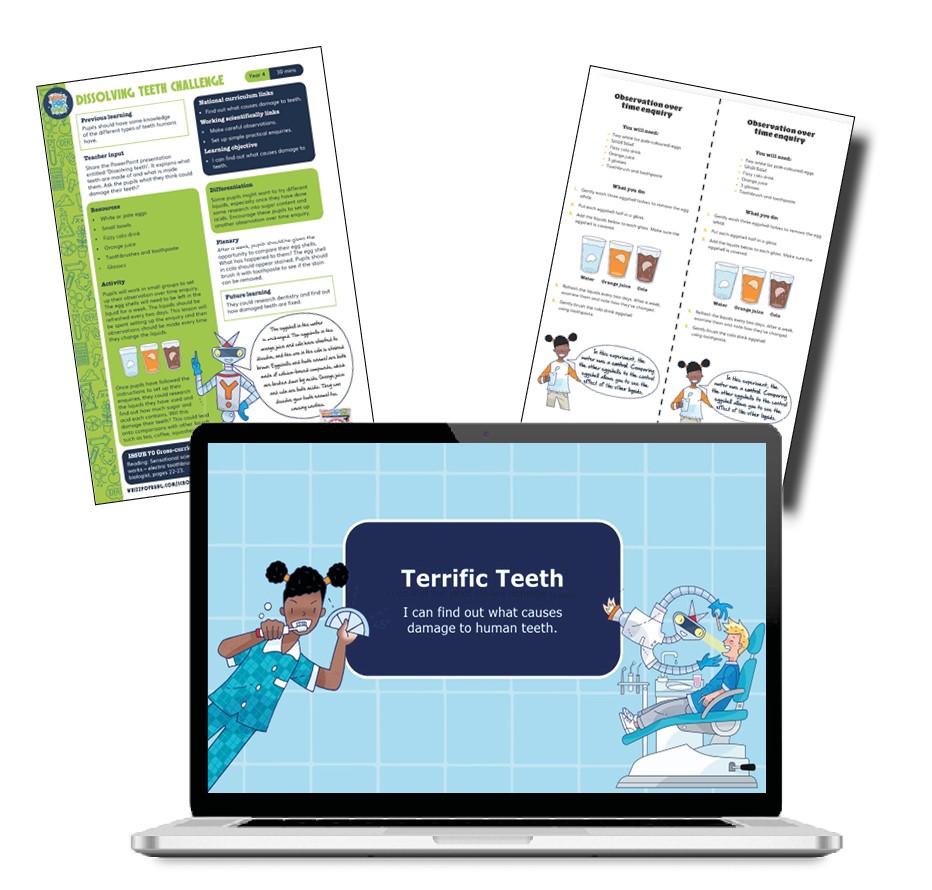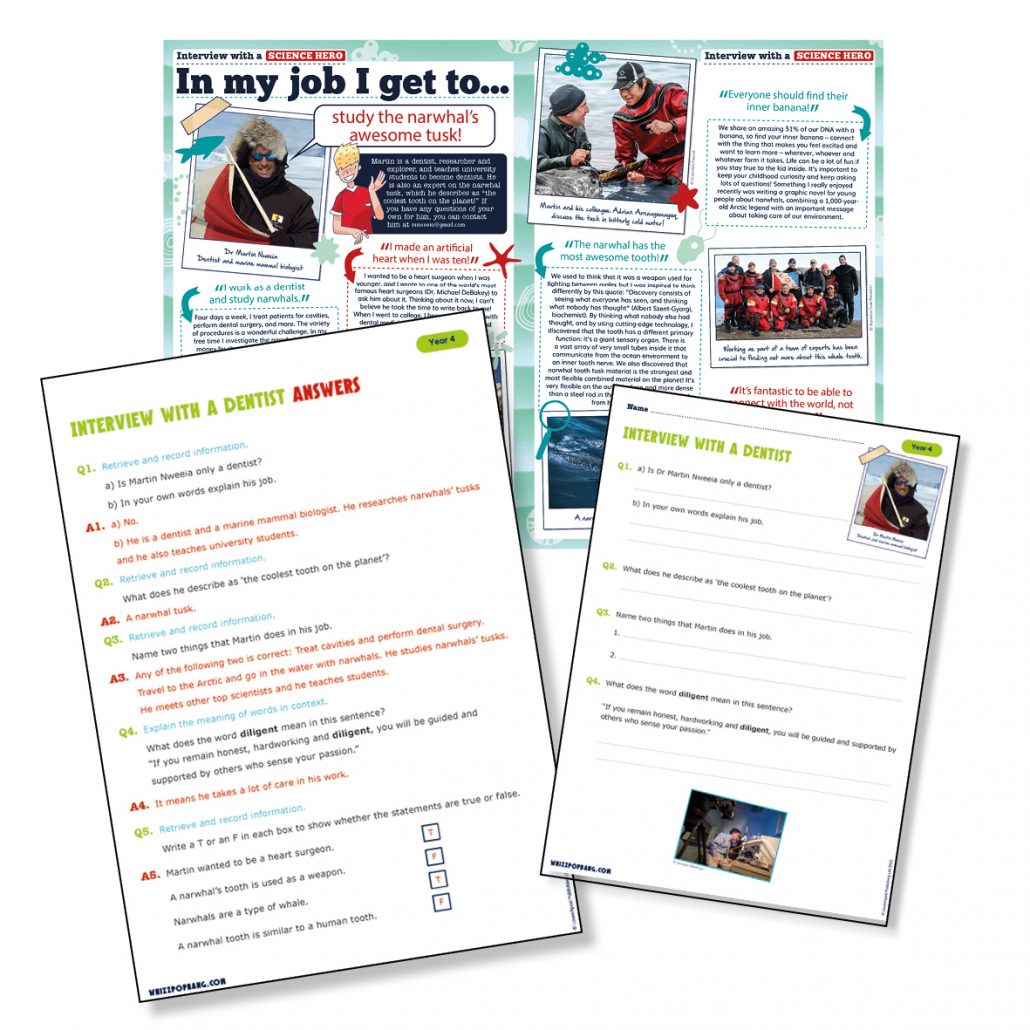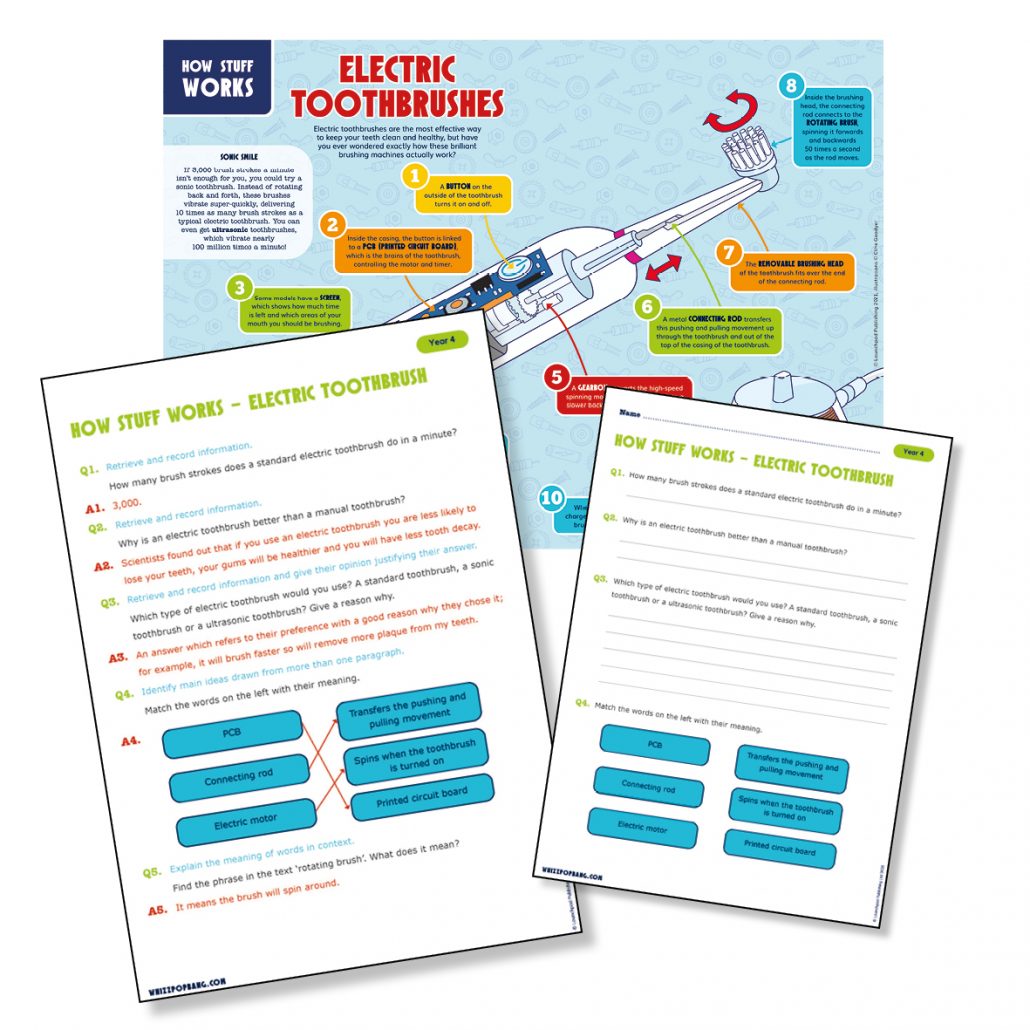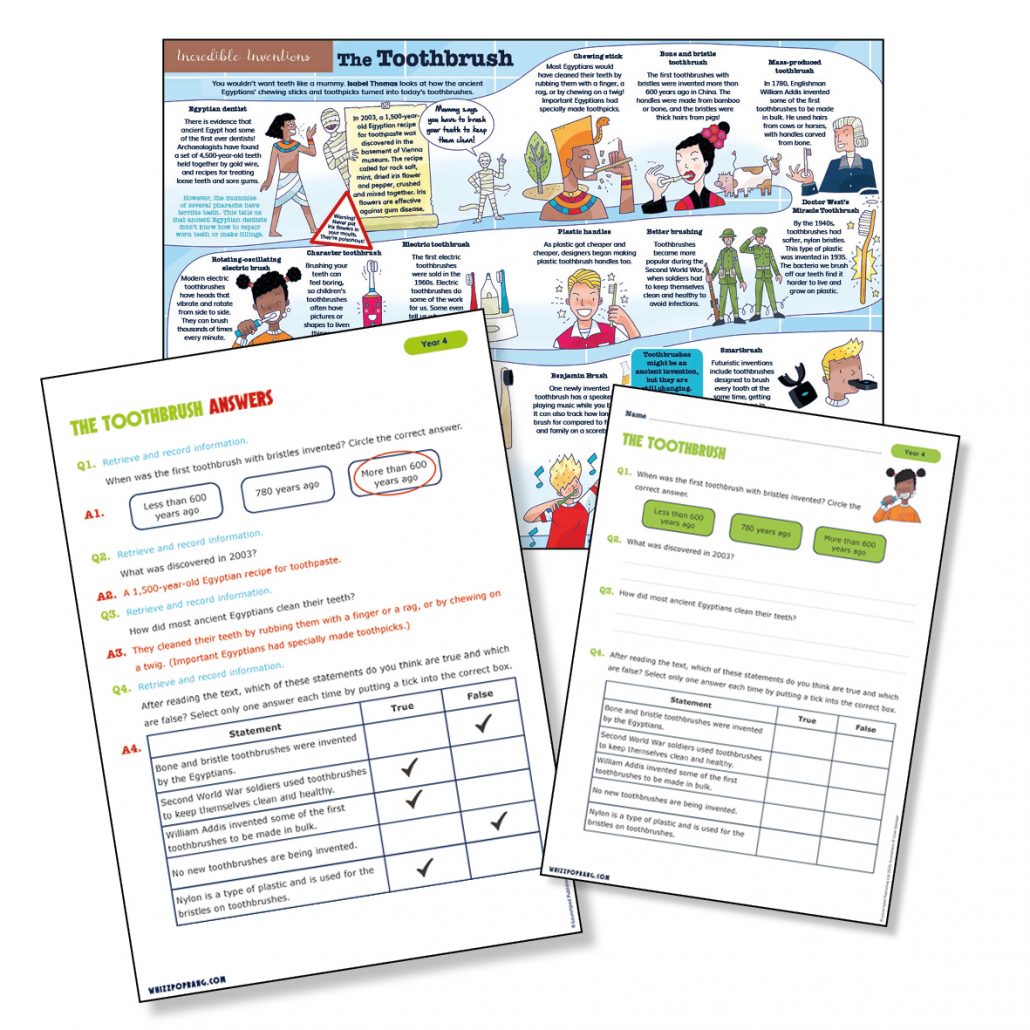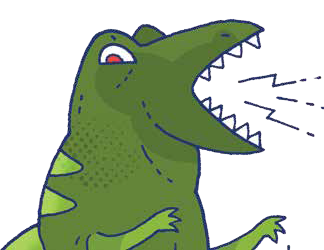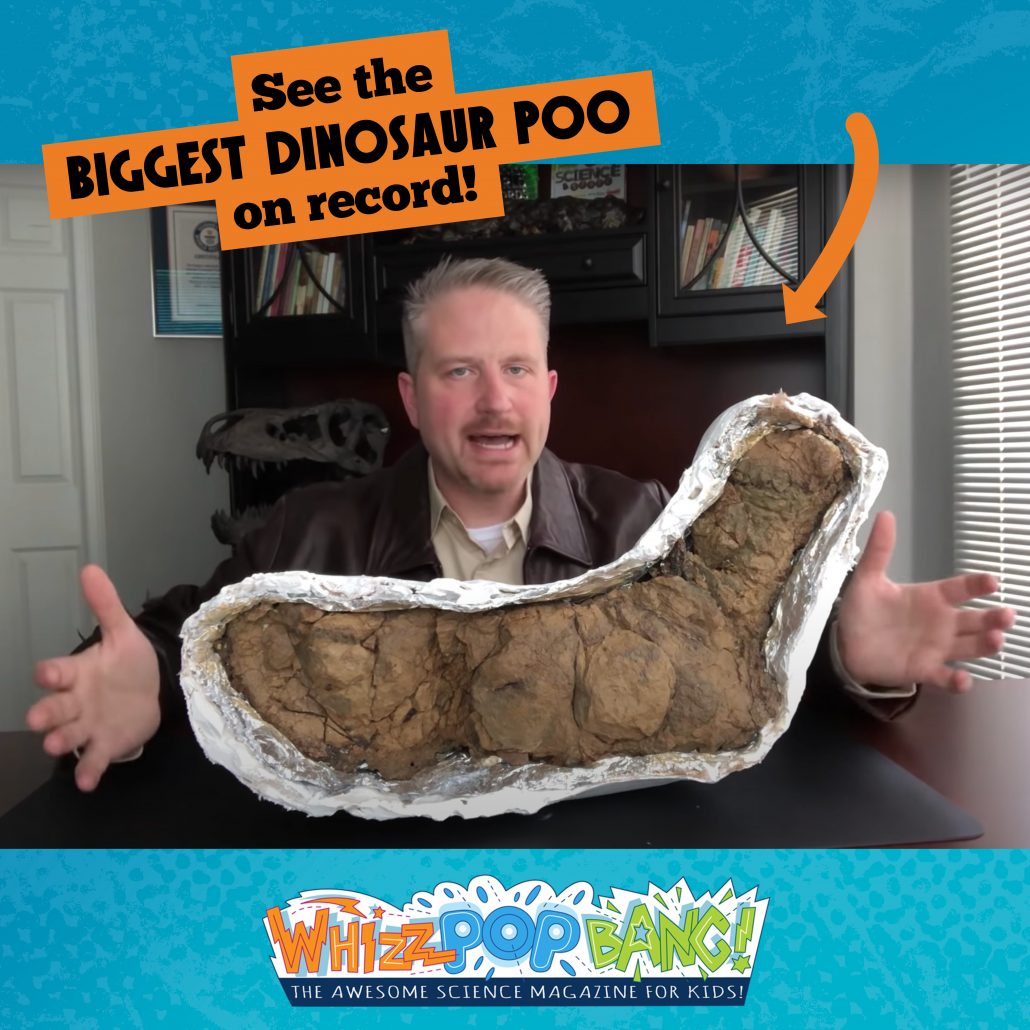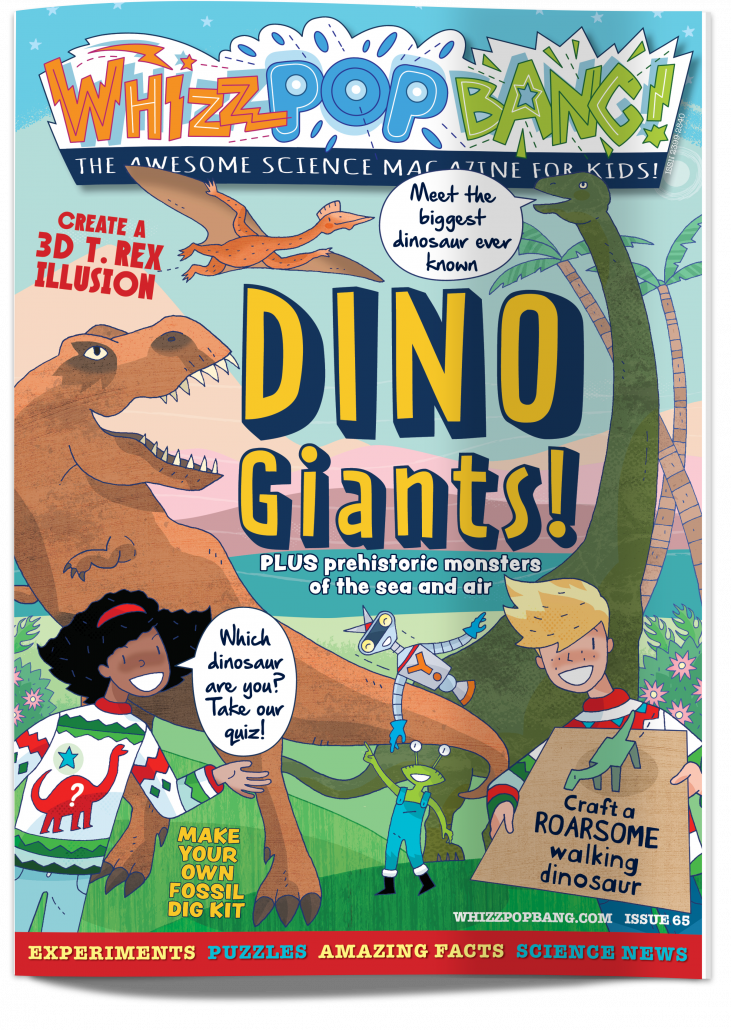Are you looking for planning resources for teaching teeth in year 4? Here’s how you can use our new downloadable teeth teaching resources to easily create memorable lessons that produce the sticky knowledge that Ofsted will be looking for…
Where to start?
Teeth should be taught before the digestive system. By year 4, most children will have lost several of their baby teeth and will be at the in-between stage with a mixture of adult teeth, baby teeth and some gaps. It’s fun to get pupils to look in a mirror and examine their own mouths! Children will already know that they have two sets of teeth. What they probably don’t know is that their adult teeth started growing while they were still a baby! They probably also don’t know how many teeth they have, what they are called and what they are used for. Our Model Mouth Lesson Pack answers all of these questions. It has been written by an experienced primary school teacher and is ideal for teaching teeth to year 4 pupils. The downloadable pack includes:
- A teeth lesson plan
- A PowerPoint presentation
- Instructions for making a model mouth
- A printable Wibble Wobble tooth game
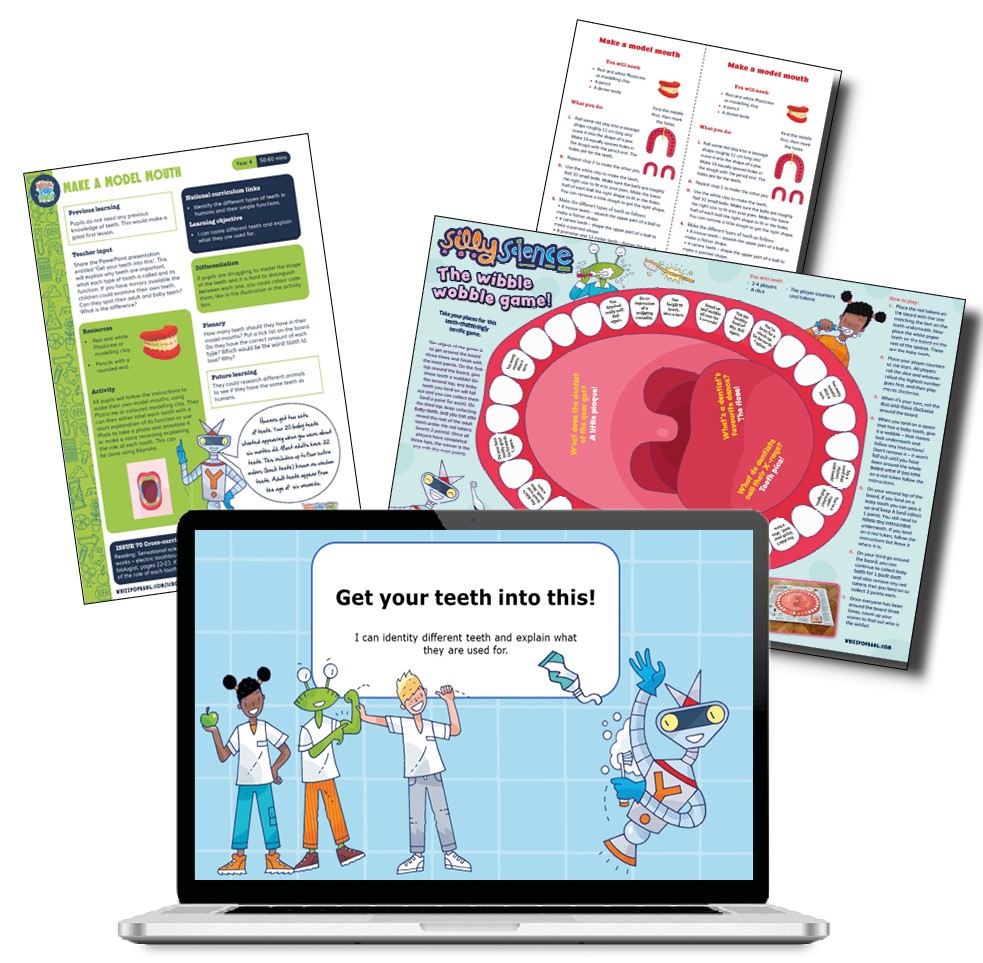
Why build a 3D model mouth rather than asking children to label
a worksheet?
All pupils learn differently, and to create sticky knowledge children need memorable experiences. The visual and kinaesthetic learners are more likely to remember making a 3D model mouth than filling in a worksheet. They will physically make 32 teeth and mould each tooth into the correct shape. Once the models are complete, you can discuss how we keep teeth healthy. Pupils could even practise brushing their model teeth
How to evidence the lesson
If your planning isn’t enough evidence, pupils could use the Keynote app on an iPad to record themselves describing their model mouth and each tooth’s name and function. If you need evidence in their books, you could print a photo of the model and during morning work the next day, pupils could label and annotate it. This would mean that they go back over their learning from the day before, helping the knowledge to stick. Our Wibble Wobble board game is also a good way for children to revisit the subject. Knowledge organisers can be an additional tool to help remind children of previous learning, or to use as a scaffold – not for answers!
What to cover next
Pupils should then research other animals, both herbivores and carnivores, that have teeth. What similarities and differences do they notice? Do all the animals have the same number of teeth? Do they all have molars, canines and incisors? Are they called something different? Why don’t some animals have teeth? Once children start researching, they will hopefully come up with lots of questions they would like to find out the answers to. Our downloadable Animal Antics text on vipers is a good place to start.
Further investigations
We also have another year 4 downloadable lesson plan on teeth, which is an observation over time enquiry. Pupils will set up an investigation to observe eggshells in different liquids. Eggshells and teeth are both made of calcium-based compounds so this is a good visual demonstration of how some drinks can cause damage to our teeth. Our lesson plans always explain the science behind the lessons – teachers can’t remember everything!
How to make teeth cross-curricular
Making the model mouth links to art and sculpture. There are also lots of ways to embed the pupil’s science learning in your school day. Using science texts in guided reading or whole class reading sessions is an easy way for children to delve further into the subject matter and acquire more knowledge. We have three reading comprehension packs for year 4:
We also have a bank of spectacular science images that are perfect for promoting discussion. They feature a striking scientific image, along with a couple of questions. As you click through the PowerPoint presentation, the answers to the questions will be revealed. Pupils should try to answer the questions as you go. The presentation to use for teeth is called ‘Smile crocodile’. It only takes ten minutes so it can slot into those awkward times in the school day – for example, straight after lunch while you are waiting for everyone to come in.
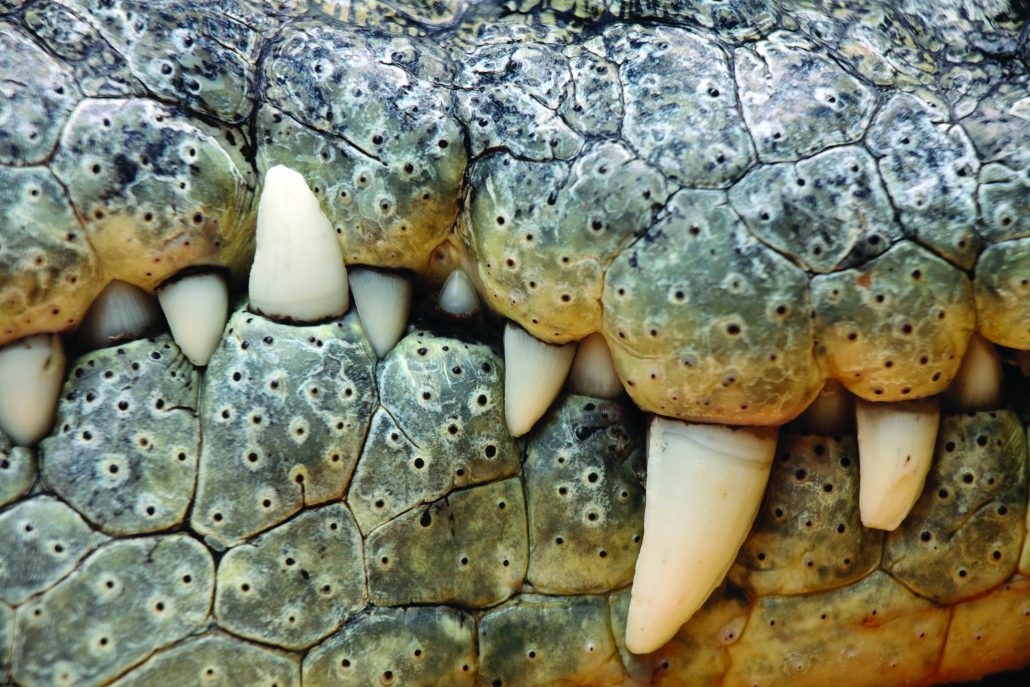
Whizz Pop Bang magazine and teaching resources are brilliant ways to enhance your school’s science teaching:
- We provide downloadable science lesson plans, PowerPoint presentations, memorable lessons and science reading comprehensions written by primary school teachers.
- Whizz Pop Bang teaching resources link to the National Curriculum, ensuring correct coverage.
- All of our resources are year group specific, ensuring progression between the years.
- We make cross-curricular links to other subjects, such as English, Maths, History, Geography, Art, Design and Technology and PSHE.
Prices from as little as £190 per year for a copy of Whizz Pop Bang magazine through the post each month and whole-school access to our ever-growing library of downloadable teaching resources, with unlimited teacher logins.
We’ve also just launched a new individual membership option so teachers and home educators can access all of our amazing downloadable resources for just £20 for the whole year.
“Using Whizz Pop Bang school resources has enabled investigations to be an integral part of my science planning. I now have investigations and experiments throughout my planning rather than just at the end. The lessons are easy to resource and the pack has everything I need to teach the lesson so it saves me time as well!” Louise Hampson, Year 3 teacher

